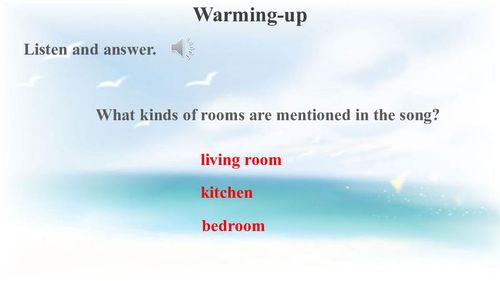Content:
Fishing below a small dam can be an exhilarating experience, offering anglers the chance to catch a variety of fish species in a unique environment. The currents, the scenery, and the diverse fish population make it a popular spot for anglers of all levels. However, to make the most of your fishing trip and increase your chances of a successful catch, it's essential to understand the specific techniques and tips for fishing below a small dam. Here's a comprehensive guide to help you master the art of fishing in this dynamic setting.

Understanding the Environment
Before you cast your line, it's crucial to understand the environment below a small dam. The water flow can be quite strong, especially during high tide or heavy rainfall, which can make it challenging to fish effectively. However, during low tide or dry periods, the water flow slows down, providing a more favorable fishing environment.
Choosing the Right Equipment
The equipment you choose can significantly impact your fishing experience. Here are some essential items to consider:
Rod and Reel: A medium-heavy action rod with a spinning reel is ideal for fishing below a small dam. The rod should be long enough to cast effectively and handle the weight of the fish you're targeting.
Line: Use a monofilament line with a breaking strength of 8 to 12 pounds. This line is versatile enough to handle the currents and the fish you're likely to catch.
Lures and Baits: Depending on the fish species, you might need various lures and baits. Live bait, such as worms or minnows, can be effective, as can artificial lures like spinners, jigs, and crankbaits.
Hooks: Use strong, sharp hooks that match the size of your bait. The hook size should be appropriate for the fish you're targeting.
Fishing Techniques
Spotting the Best Areas: Look for areas where the current is slower, such as behind rocks or near the dam itself. These spots often attract fish looking for a resting place or food.
Using the Current: The current can be both a challenge and an advantage. Use it to your advantage by casting into the current and allowing your bait to drift naturally. This mimics the movement of food and can attract fish.
Drifting Bait: When fishing below a dam, it's often effective to drift your bait with the current. This can be achieved by casting into the current and letting your bait float with the water flow.
Trolling: Trolling can be an effective technique, especially if you're covering a large area. Attach your lure to a weighted line and slowly reel it through the water, mimicking the movement of a swimming fish.
Patience is Key: Fishing below a small dam requires patience. Fish may be caught at different times of the day, so it's important to stay focused and not get discouraged if you don't catch anything immediately.
Seasonal Considerations
The best time to fish below a small dam can vary depending on the season:
- Spring: Fish are often more active as water temperatures rise. Focus on areas with slow currents and use a variety of lures to attract fish.
- Summer: During the heat of summer, fish may be more active in the early morning or late evening. Live bait can be particularly effective during these times.
- Fall: As water temperatures cool, fish may move to deeper water. Use heavier lures and consider targeting species that are known to be in deeper waters.
- Winter: Winter fishing can be challenging, but if you can find fish in the warmer parts of the dam, use jigs and live bait to attract them.
Safety Precautions
Always prioritize safety when fishing below a small dam. Here are some important precautions to take:
- Check for Obstructions: Be aware of any submerged rocks or debris that could damage your line or equipment.
- Stay Dry: Wear appropriate clothing and footwear to protect yourself from the elements and potential falls.
- Avoid Strong Currents: If you find yourself in a strong current, try to stay calm and swim with the flow until you can reach solid ground.
In conclusion, fishing below a small dam can be a rewarding experience with the right techniques and equipment. By understanding the environment, choosing the appropriate gear, and applying effective fishing methods, you can increase your chances of a successful catch. Remember to always prioritize safety and enjoy the tranquility and beauty of the dam's surroundings. Happy fishing!












